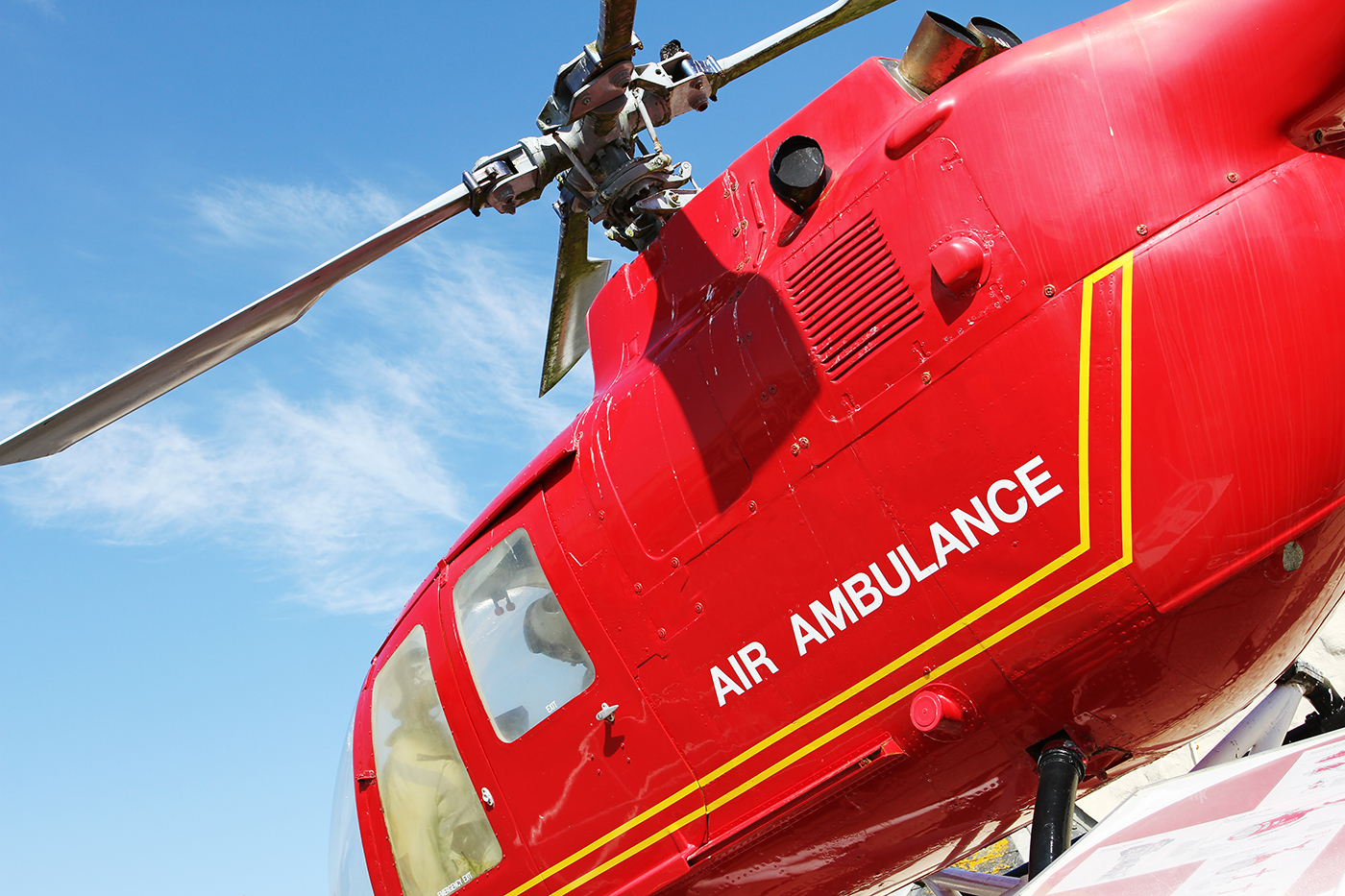
Author
Jennifer Wessel, JD, MPH
Senior Policy Analyst and Data Privacy Officer
501-526-2244
JBWessel@achi.net
Patients who receive life-saving air ambulance services often get “sticker shock” from surprise medical bills — bills received from healthcare providers that are not in patients’ insurance networks. That is set to change at the beginning of next year.
On Dec. 27, 2020, the No Surprises Act (NSA), legislation that seeks to protect patients from surprise medical billing, was signed into law as part of the 2021 Consolidated Appropriations Act. The act prohibits plans and providers from billing patients for out-of-network cost-sharing at higher rates than in-network cost-sharing in certain circumstances. The NSA’s protections go into effect Jan. 1, 2022.
The U.S. departments of Labor, the Treasury, and Health and Human Services (HHS), along with the Office of Personnel Management, are issuing regulations in several phases. In July, the departments issued an interim final rule banning surprise billing for emergency services, high out-of-network cost-sharing for emergency and non-emergency services, and out-of-network charges without advance notice, among other provisions. On Sept. 13, the departments issued a proposed rule that would require plans, issuers, and providers of air ambulance services to submit to HHS certain data regarding air ambulance services.
Air ambulance services frequently result in surprise medical bills. This is in part due to the Airline Deregulation Act of 1978, which preempts state regulations that relate to air ambulance providers. On Sept. 10, 2021, HHS’ Office of the Assistant Secretary for Planning and Evaluation (ASPE) released an issue brief discussing air ambulance use and how the NSA seeks to address surprise billing and data gaps. The brief emphasizes the following:
- Patients typically do not have a choice in air ambulance providers when faced with urgent medical situations.
- Air ambulance providers are not typically allowed to balance bill — billing the difference between what payers pay and what providers charge — Medicaid or Medicare patients, but individuals with private insurance do not have this protection. Between 50% and 69% of air ambulance transports are out of network. Beginning in 2022, privately insured individuals will pay only the cost-sharing amounts that they would have paid for in-network services. State all-payer claims databases may be used to determine baseline amounts when calculating patient cost-sharing limits.
- Under the NSA, air ambulance companies and health plans must report cost, quality, and other data. These requirements are outlined in the proposed rule.
ASPE reported that in 2017, the median price charged for a helicopter transport was $36,400, compared to $23,824 in 2016. In general, rural areas have the highest numbers of air ambulance transports.
ACHI analyzed the use and average price of air ambulance transportation by helicopter in Arkansas using data from the Arkansas All-Payer Claims Database, part of the Arkansas Healthcare Transparency Initiative. In 2016, the average paid amount for transport ranged from $1,859-$17,874. The balance bill potential ranged from $9,453-$34,959. Additional analysis is needed to determine if the price of air ambulance transportation has increased in recent years or if payers have changed their benefit designs to address the prices of these services. The NSA’s data collection requirements, as well as the use of state all-payer claims databases, will enable a comprehensive assessment of air ambulance services and the impact of the NSA protections.






